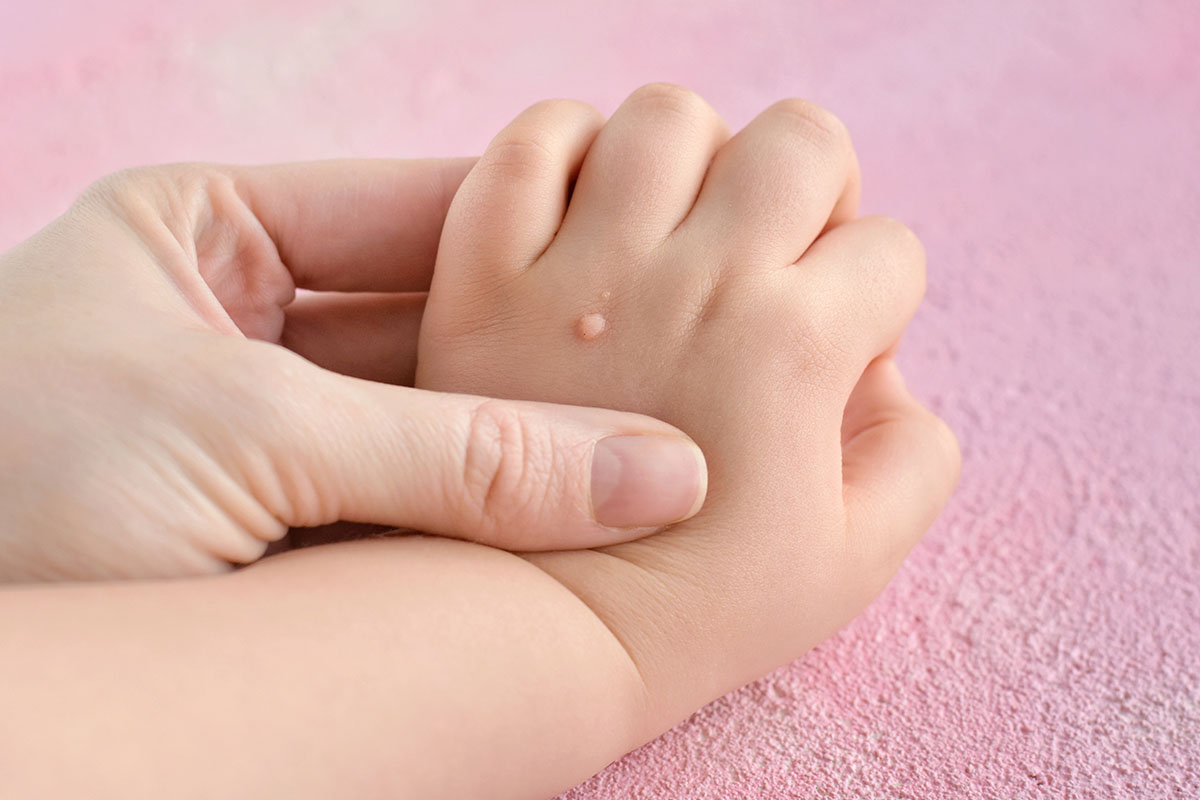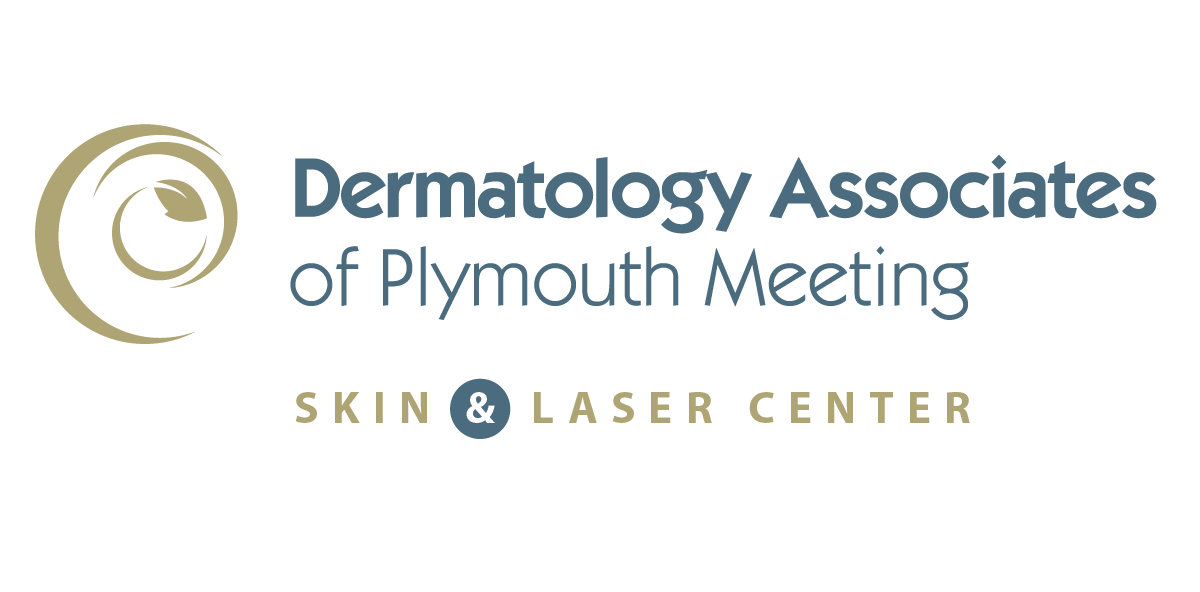Pediatric Dermatology
Our Approach to Treating Pediatric Warts and Molluscum
At Dermatology Associates of Plymouth Meeting, we routinely treat warts and molluscum on children. Even though these growths are harmless, they can spread to other parts of the body and to other people because they are viral—so treatment is important. Depending on the type of warts your child is experiencing, our pediatric friendly physicians will determine the best course of treatment that keeps your child as comfortable as possible.

What Causes Skin Warts in Children?
Warts are caused by a type of human papillomavirus. Different types of warts are caused by different types of papillomavirus. Because papillomavirus is contagious, warts are also contagious and can be caught by touching someone who has them. The virus enters the skin through cuts, which is why children are more prone to warts because they get a lot of scrapes and cuts. Rest assured that skin warts are benign, and many go away without any significant problems. Children who are the most at-risk for warts are those who have had close contact with someone who has warts and those with a weak immune system.
Types of Warts
There are several types of warts that vary based on the affected body part. The types of warts include:
- Common Warts—small, flesh-colored, grainy, rough to the touch skin growths that occur most commonly on fingers and hands
- Plantar and Palmar Warts—occurring on the palms and foot soles, these warts are usually small, can grow in clusters and are often mistaken for corns or calluses
- Flat Warts—small, very slightly raised bumps that are smooth and often clustered, generally occurring on the face or legs
- Filiform Warts—featuring long, narrow projections that extend one or two millimeters from the skin, these warts tend to form around the eyelids and lips and can be yellow, brown, pink or flesh-toned
- Periungual Warts—forming around fingernails and toenails, these warts start small and transform over time into rough, dirty-looking bumps that can resemble cauliflower
How to Treat Children’s Warts
Your child’s comfort and safety are always top priorities at Dermatology Associates of Plymouth Meeting. Our treatment protocol for warts usually begins with the least invasive measures possible and will only progress to more invasive treatments if absolutely necessary. Typical wart treatment and removal strategies involve:
- Applying cantharidin (beetle juice) or other medicines to the wart that are topical irritants
- Briefly freezing the wart with liquid nitrogen
- Cutting out (excising) the wart after applying an aesthetic
What is a Molluscum Wart?
Although the aforementioned warts are all caused by HPV, molluscum warts are caused by a virus related to smallpox. Like warts, they are round, firm and usually painless and are also spread by person-to-person contact. Molluscum warts tend to have a waxy or pearl-colored smooth surface and may have a dimple (indent) in the center. They can range from the size of a pinhead to a quarter of an inch in diameter and can appear anywhere on the body. Most infected children get five to 10 molluscum warts. The warts are resistant to wart-removing acids, but they often go away on their own, although this may take many months.
If your child is experiencing warts that need removal, our dermatology team is here to assist. Call us today to schedule an appointment at 610-828-0400.
